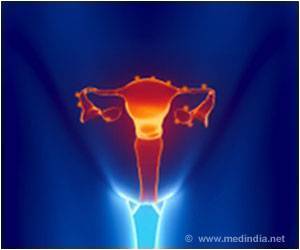Tasers, guns that immobilize but not kill, are a much talked about police weapon in the West now. Taking off from there, tasers that could destroy tumours can be designed, it is predicted.
Tasers, the guns that immobilize but not kill, are a much talked about police weapon in the West now. Taking off from there, tasers that could destroy tumours can be designed, it is predicted.
The technology involves short, nanosecond-long pulses of extreme voltage.Microsecond pulses have been used for years to punch temporary holes in cell membranes, to shove genes or drugs into cells. But the nanosecond pulses have similar effects on individual organelles inside a cell, such as the nucleus.
For reasons as yet unknown, this can cause a cell to destroy itself in a process known as apoptosis, something being investigated as a cancer treatment, explains David Hambling in New Scientist.
Research is being carried out by the Frank Reidy Research Center for Bioelectrics at Old Dominion University. The Center's mission is to "to increase scientific knowledge and understanding of how electromagnetic fields and ionized gases interact with biological cells." A significant amount of their funding is military; the Center notes that their largest award was $5 million from Air Force Office of Scientific Research.
"Because the organelles are much smaller than the cell itself... they reach their maximum charge much more quickly," Center founder Karl H. Schoenbach explains. " Ending the pulse after the organelles are charged up, within a few hundred nanoseconds but before large pores appear in the cell’s own membrane, lets you focus the electric field’s effects on the organelles, such as the nucleus, while leaving the cell membrane relatively untouched. That, in turn, lets you do the complex and varied things medical science is interested in, such as killing tumor cells or triggering an immune system response."
On the one hand ultra-short pulses can be used to selectively destroy cancerous cells. But they can also produce much more effective stunning effects.
Advertisement
This meets police requirements, allowing a suspect to be incapacitated for long enough to make a quick arrest. The U.S. military is looking at a longer keeping people stunned for much longer, however. The Joint Nonlethal Weapons Directorate is looking at a new generation of electroshock weapon that might knock the target down for fifteen minutes with a single ultra-short pulse.
Researchers have suggested that a single ultrashort shock could leave the target immobilized for "tens of minutes" using far less energy than a Taser pulse.
Obviously there are concerns over what other effects ultrashort pulses might have on the body.
Concerns have already been expressed over the medical and biological effects of such ultra-short electrical shocks. More research is called for before such tasers are put to use, campaigners say.
Source-Medindia
GPL/L









